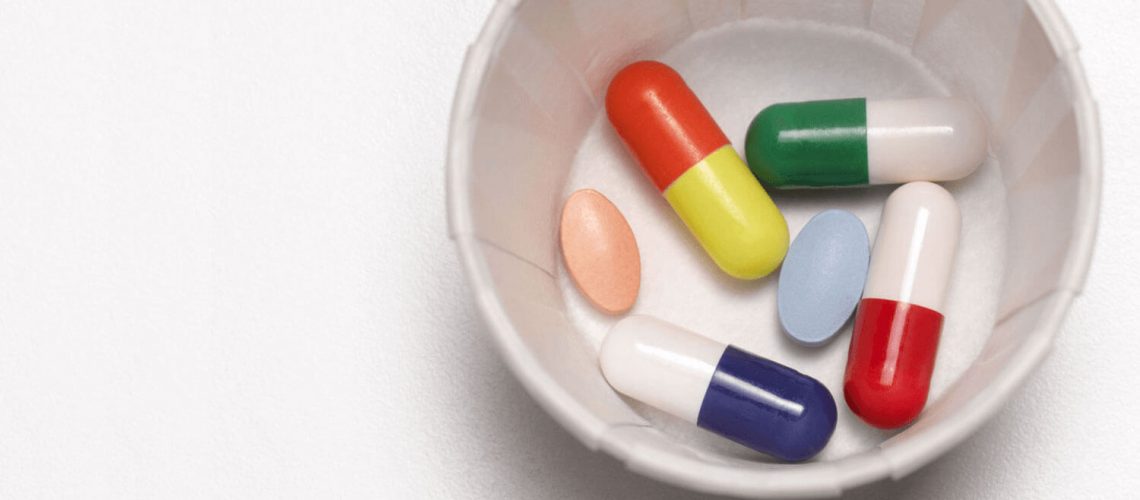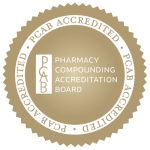We are almost at the end of the road in making the wonderland a practice reality.
So far, we covered the WHAT, the WHY, the WHEN and the WHERE about pharmaceutical compounding.
We have one last step to cover: the HOW.
Once compounding and its value both for practitioners and patients are understood, this last step information will come as the most important one.
We briefly mentioned some regulatory aspects of the pharmaceutical compounding industry.
We learned that there are about 7,500 compounding pharmacies nationwide, out of approximately 57,000 total pharmacies.
We learned what makes a pharmacy – a compounding pharmacy.
We also learned about a few types of compounding pharmacies and how regulatory aspects apply differently to them.
No matter which type is the compounding pharmacy, there will always be pharmacies that will not be compliant with all the regulatory requirements and there will be pharmacies that not only meet the regulatory requirements, but will try to go beyond that.
PCAB (Pharmaceutical Compounding Accreditation Board) accredited will be the ones in the latter category. There are only about 650 PCAB accredited compounding pharmacies out of 7,500 total compounding pharmacies. They meet and exceed the minimum industry regulatory requirements.
In the recent years there were some dark spots in the industry brought up to the media’s attention. Unfortunately, they stained the whole industry. It was about unethical billing practices.
This event led to the creation of a new organization that audits now compounding pharmacies for meeting the standards in quality products and services, with the focus on ethical billing practices.
This organization awards the compounding pharmacies that comply with their requirements with the cCERT credentialing.
There are currently only about 160 compounding pharmacies that met these requirements and received the cCERT credentialing.
We are mentioning all this information about compounding pharmacies here because it is very important for a practitioner to carefully select the right partner when it is about his/her patients’ treatment.
Here are some very important selection criteria when choosing a compounding pharmacy to work with:
- Type of compounding pharmacy – 503 A, only non-sterile, sterile and non-sterile, 503 B, etc.
- Quality of services offered – pharmacists and staff qualifications and their experiences, lab equipment and technology used, etc.
- Compliance -licensing and accreditations acquired – PCAB, CCERT, etc. – very important – meet & exceed regulatory requirements
- Type of services offered – turnaround time, in person delivery, etc.
- Covered medical specialties.
- Location, etc.
Why selecting the right compounding pharmacy is so important?
- Both the practitioner and the compounding pharmacy should have the focus on patient’s overall outcome. Safety and efficacy of the treatment offered to the patient as a result of the collaboration between the practitioner and the pharmacist should permanently be the main focus of both parties.
- In the triad: practitioner ↔ patient ↔ pharmacist – the bi-directional communication will help in finding the best solution and make the needed adjustments that will benefit the patient.
- It is important to know the if capabilities of the chosen compounding pharmacy meet the practitioner’s specialty needs.
- Choosing a compliant compounding pharmacy will help build a long-term partnership that will keep legally safe both the practitioner and the pharmacy.
Now, the practitioner learned how and why select the right compounding pharmacy.
The next step is – HOW to actually start prescribing compounded medication to the patients.
It is not much different from prescribing commercial drugs. Here are the specifics:
- Write “Compounded Medication” on every script
- Generic name of active ingredient(s)/ strength or dose (i.e.: mg or %)
- Dosage form and quantity (i.e.: Cream/Gel/ Suppository/ Capsule – #30)
- SIG (As clear and precise as possible; needs to match the quantity – i.e.: Take 1 capsule by mouth QD am on an empty stomach)
- Physician signature
- When one of the ingredients is a controlled substance, the same rules like for commercial controlled drug apply)
Once the hard copy of the Rx is written, it can be faxed to the pharmacy.
In most of the cases, the prescriptions are submitted electronically though. Here’s how:
The prescriber will use the EMR system used in the practice.
- Go to prescription section
- Enter the patient demographics
- From the drop-down menu, select the medication to be compounded. (If the required dose is not available, select the closest dose to the one prescribed
- Go to “Notes to the pharmacist” section and enter the following:
- Compounded Medication
- List all generic drug names in the formulation, with their corresponding
- Strength/dose
- Dosage form and quantity
- SIG (Directions)
- Physician signature
We just covered the basics of pharmaceutical compounding. There is abundant information on the topic in much more detail from various reliable sources for anyone interested to learn more.
Our aim is to increase awareness among practitioners about compounding as a valid, reliable, valuable and empowering tool in offering alternative treatment options to their patients in customized form.




